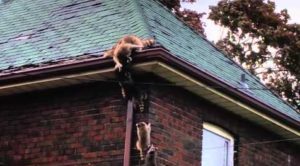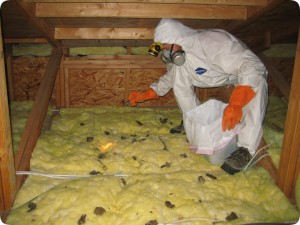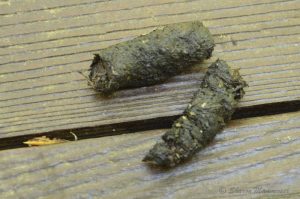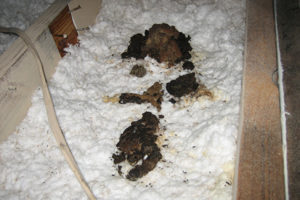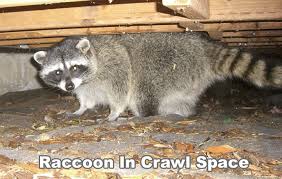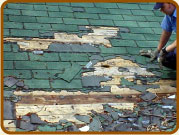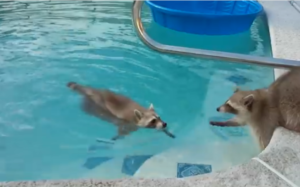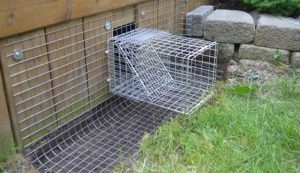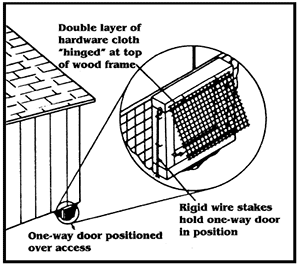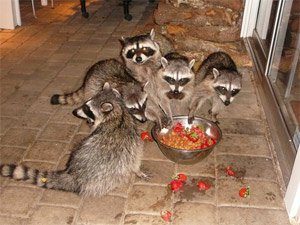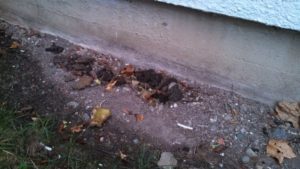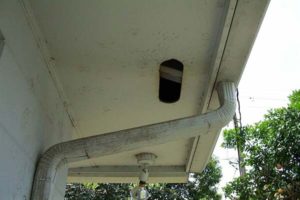Raccoons are intelligent and have amazing dexterity in their paws. If they can find something to grab onto, they certainly can Climb vinyl siding and many other vertical surfaces. Brick walls are very easy for raccoons to climb and if you have trees with overhanging limbs on your roof, they will use the tree to access your roof. Pipes carrying rainwater from your roof are another favorite way for raccoons to gain access to your roof.
Once on the roof, the raccoons can access your attic vis the soffit, especially if one portion of the roof of your home hangs over another part of the roof leaving the perfect access point. once inside they set up a den and will give birth to their pups, urinate on the insulation and leave feces everywhere. It can be quite a mess and the damage they cause can be very expensive.
Raccoons Climb Vinyl Siding to Get Into Your Attic
The best approach is to install one-way trap doors so they can get out but not back in. make sure the pups are old enough to get out by themselves, otherwise the parents will literally tear your roof apart to gain access to their young pups, causing even more damage.
Once they are out of the attic, replace the oneway trap door with heavy gauge wire mesh to keep them from reentering the attic. some folks suggest trapping the raccoons and moving them a long distance away. This is a waste of time. Other raccoons in the area will find the now vacant den and move right in.
homeowners should proactively install heavy gauge wire mesh across any areas on your roof or soffits where raccoons could gain access to the attic. This is the best permanent solution to keep raccoons out of the attic along with squirrels and birds.
Take action immediately before they can cause a great deal of damage.

